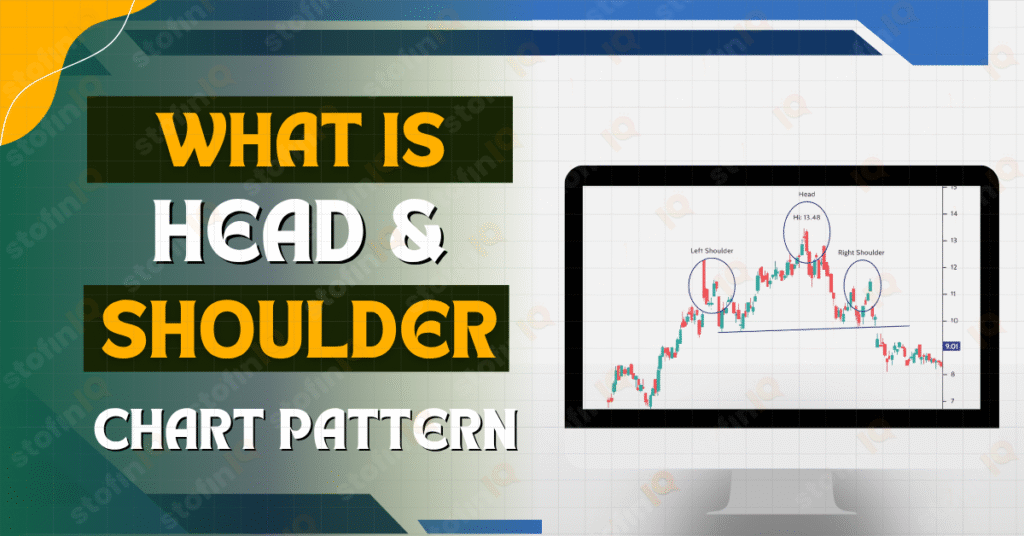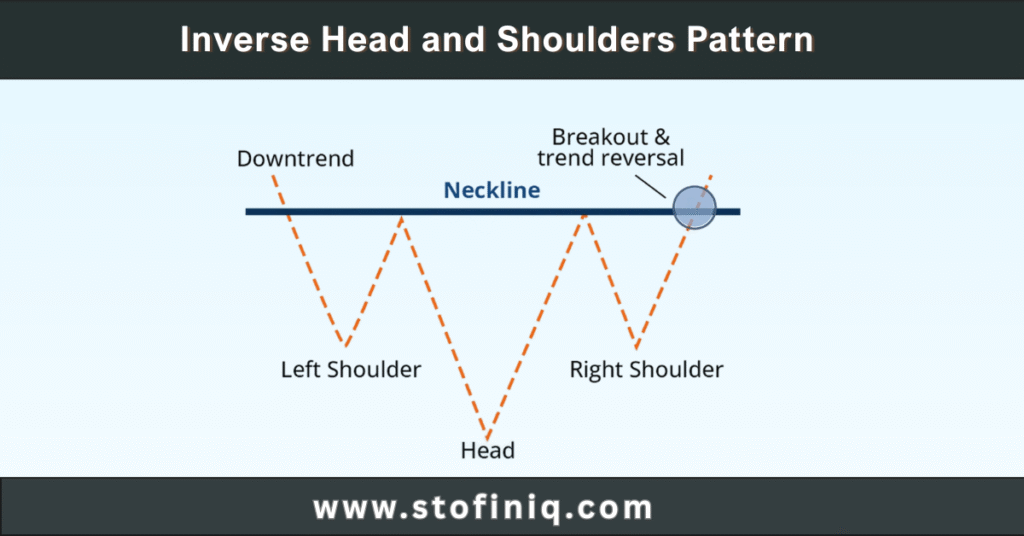
To understand scalping in trading, lets take a look at this example.
Let’s say you are walking through a local bazaar in Delhi. A guy who purchased some T-shirts from a wholesaler early in the day sells them rapidly to first-in-line customers, making a small profit in the process. There can be no waiting to try and get the “whole day” price. In this case, he is playing the speed game – buy low, sell a tiny bit higher and do it again. That’s a good analogy for how scalping in trading feels.
Scalping in trading is a trading style where traders aim to profit from small price changes. The idea isn’t to ride the big waves. It is more like dipping into a wave, catching a quick move, and getting out before the tide shifts. If you’ve ever watched someone book a train ticket the moment it opens online just to sell it later for a small profit—imagine doing that, but with stocks or currencies, several times a day.
Honestly speaking, scalping in trading is fast, frequent, and all about precision. You’re not looking for the “big money” in one go. You’re collecting coins—hundreds of them—hoping they add up by the end of the day.
What is the meaning of scalping in trading?
Simply put, scalping in trading is the act of jumping in and out of positions quickly and capturing small, consistent profits throughout the session. A scalper has no room to wait. A scalper may scan the charts, see a small move, jump on it, and exit sometimes a couple of minutes, if not seconds, later. If you have the discipline to follow rules, the reflexes to dodge a flying cricket ball, and your like a bit of adrenaline without feeling the pressure, then maybe scalping is for you.
Advantages of scalping in trading
- Quick returns – No need to wait for days or weeks. A scalper can close the day in green within hours.
- Limited market exposure – Since trades are short, you avoid overnight risks or surprises.
- Multiple opportunities – Markets offer micro-movements all day. With the right setup, even a dull day has chances.
- Less emotional baggage – You’re not marrying a trade. You enter, you exit. No long-term attachment.
Disadvantages of scalping in trading
- Mentally taxing – You need to stay alert. A moment of distraction, and the move is gone—or worse, goes against you.
- Brokerage eats in – Frequent trades mean more brokerage and charges. Not ideal unless your broker suits your style.
- High execution risk – Scalping demands fast order placement. Even slight delays can cost you your edge.
- Not beginner-friendly – Though tempting, scalping needs precision. Jumping in without practice can lead to quick losses.
Scalping in trading for beginners
If you’re just starting out, scalping can look like a shortcut to success—but it’s more like driving a Formula 1 car in city traffic. First, understand your tools. Use a broker with fast order execution. Learn to read price action. Try with paper trading before risking real money. Keep your focus on liquid stocks or instruments where spreads are tight. A good rule? Trade less, observe more, then scale up slowly.
Swing trading vs scalping in trading – the difference
Swing trading is like planting a sapling and waiting for it to grow a little before you pluck the fruit. You might hold a position for a few days or even a couple of weeks. It’s slower, less intense, and allows for breathing space.
scalping in trading on the other hand, is like plucking ripe fruit that’s about to fall any moment—fast, precise, and repetitive.
While swing traders look at trend patterns and broader moves, scalpers zoom in on tiny ticks, 1-minute charts, and quick reactions. If trading was a sport, swing trading would be Test cricket, and scalping would be a T20 match.
So, if you have the temperament to stay sharp and the discipline to follow your rules without chasing every tick, scalping in trading could become your edge. But remember, it’s not about how many trades you take—it’s about how well you understand the rhythm of the market. Like the vendor in the bazaar, it’s the art of moving with the crowd, not against it.
| Point of Difference | Swing Trading | Scalping in Trading |
| Time Frame | Holds trades for days or weeks | Holds trades for seconds or minutes |
| Number of Trades | Fewer trades (maybe a few per week) | Many trades in a single day |
| Goal | Catch bigger price moves | Capture small price changes |
| Charts Used | Daily or hourly charts | 1-minute or 5-minute charts |
| Focus | Short- to medium-term trends | Very short-term price movements |
| Risk | Moderate | Higher due to fast decisions |
| Time Commitment | Doesn’t need constant watching | Needs full attention and quick reflexes |
| Tools Needed | Basic technical analysis | Fast trading platform, low-latency tools |
| Stress Level | Lower stress, more planning | High stress due to fast-paced action |
Common mistakes related to scalping in trading

1. Overtrading
Mistake: Taking too many trades in a day.
Why it’s bad: This will Lead you towards exhaustion, poor decisions, and high fees.
2. Holding Too Long
Mistake: Not exiting quickly when in small profit.
Why it’s bad: Scalping is about fast in-and-out moves. If you wait for too long, it can turn profits into losses.
3. Ignoring Trading Costs
Mistake: Forgetting about broker fees or spreads.
Why it’s bad: Your Small gains can be eaten up by costs, turning good trades into break-evens or losses.
4. Not Using Stop Loss for scalping in trading
Mistake: Trading without a stop-loss plan.
Why it’s bad: A small loss can become a big one very quickly in scalping.
5. Letting Emotions Take Over
Mistake: Getting greedy, fearful, or revenge trading after a loss.
Why it’s bad: Scalping needs a cool head and quick, disciplined decisions. The best way of doing this is by understanding trading psychology.
6. Using Wrong Chart Timeframes
Mistake: Relying on long timeframes like hourly or daily charts.
Why it’s bad: Scalpers need short timeframes like 1-min or 5-min for precision.
7. Not Practicing Enough
Mistake: Jumping in with real money without practice.
Why it’s bad: Scalping is fast and tricky—paper trading or demo accounts help build skill safely.
8. Trading in Low Volume Markets
Mistake: Entering trades when there’s not enough buying/selling happening.
Why it’s bad: You might not get in or out at the price you want—causing slippage or losses.
Is scalping in trading Good for Trading as a Beginner?

For new traders, scalping might seem attractive because it promises quick profits. However, the reality is more complex. Scalping requires sharp focus, quick decision-making, and a deep understanding of market behavior. Most importantly, it involves high risk, as one bad trade can wipe out the gains from several successful ones. Beginners may find the pressure and speed of scalping overwhelming, especially if they’re still learning the basics of risk management and technical analysis.
When it comes to regulated markets in India, such as equities and derivatives, SEBI (Securities and Exchange Board of India) plays a critical role in ensuring fair trading practices. SEBI-regulated platforms require transparency and often discourage overly aggressive intraday strategies for beginners, especially if those trades are made based on unreliable tips or without proper knowledge.
However, in crypto trading, where SEBI currently does not have direct oversight, the landscape is different. Crypto markets are largely unregulated in India, which means traders are more vulnerable to price manipulation, liquidity issues, and lack of recourse in case of disputes. This makes scalping in crypto even riskier for beginners. Without a governing body like SEBI setting protective boundaries, beginners in crypto scalping must be extra cautious.
While scalping in crypto trading can be profitable, it is not ideal for most beginners due to its fast pace and high risk. SEBI’s regulated markets offer more security, but beginners are still advised to start with long-term or swing trading strategies before attempting scalping. Patience, education, and discipline are key—rushing into scalping without experience is like diving into deep water without learning how to swim.
Is Scalping Good for Beginners in Crypto Trading?
In the world of crypto trading, where markets are open 24/7 and volatility is high, scalping can seem like an exciting way to make quick gains. However, for beginners, it comes with both opportunities and risks that should be carefully considered.
Here’s why scalping may not be ideal for beginners:
- Requires Fast Decision-Making: Scalping will ask you to do quick analysis and instant execution. You as Beginner might lack the experience to make split-second decisions, which can lead to poor entry or exit points.
- High Emotional Pressure: Scalping is done in fractions of time The fast pace of scalping can be mentally exhausting for you. You will have to do constant monitoring of charts and reacting to rapid price movements may lead to stress, emotional trading, and burnout.
- Needs Advanced Tools and Strategies: Successful scalpers often rely on technical indicators, bots, and real-time data feeds. Beginners may not have access to these tools or understand how to use them effectively.
- Risk of Overtrading: In an attempt to chase small profits, beginners might make too many trades, increasing transaction fees and the risk of losses.
- Low Profit Margins Per Trade: Scalping depends on volume rather than large returns per trade. Without enough capital or experience, beginners may not see meaningful profits.
What you as Beginners Can Do Instead:
- Start with spot trading or swing trading, which allows more time to analyze and make decisions.
- Focus on learning market fundamentals and chart patterns.
- Practice on demo accounts to build confidence and test strategies without financial risk.
- Develop discipline and emotional control before attempting fast-paced strategies like scalping.
In conclusion, while scalping in crypto trading might look profitable, it’s not always suitable for those new to the market. Beginners are better off mastering the basics and gradually
scalping in trading or trading as whole can be an exhausting experience, it is very important to first begin with understanding the trading then start with the basics. To learn trading stay tuned with our blog website StofinIQ. To watch our free videos subscribe to our youtube chanel Neeraj joshi. To buy the best trading course download our app Neeraj joshi application
Also Read : Best 5 Risk Management Techniques in Trading
I left my engineering job to follow my true passion writing and research. A passionate explorer of words and knowledge, I find joy in diving deep into topics and turning rich, insightful research into compelling, impactful content. Whether it’s storytelling, technical writing, or brand narratives, I believe that the right words can make a real difference.

